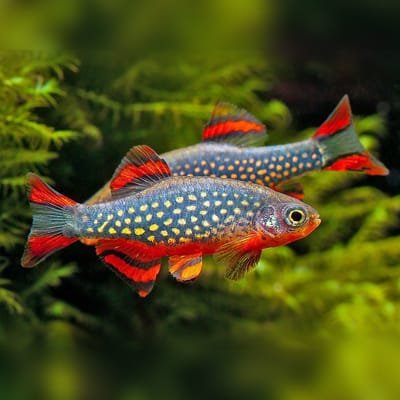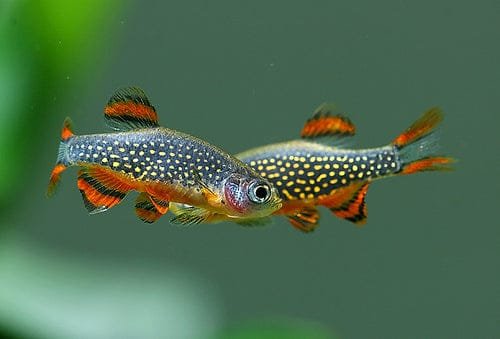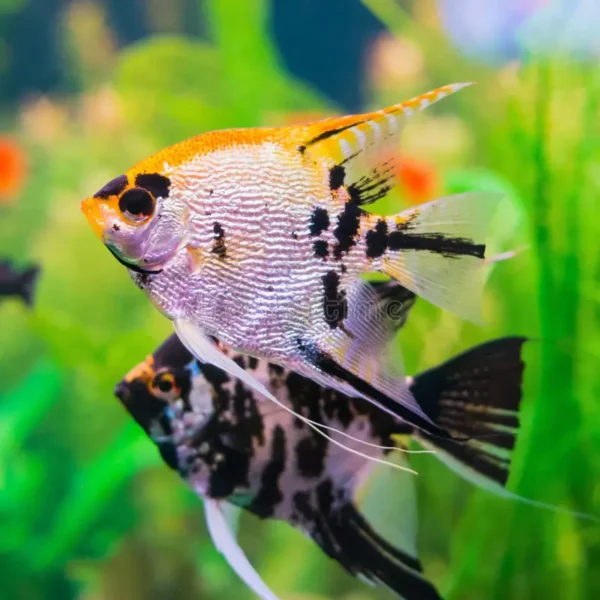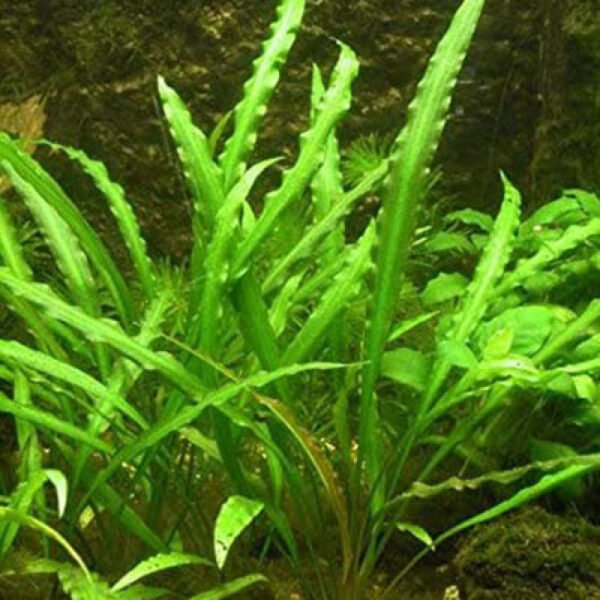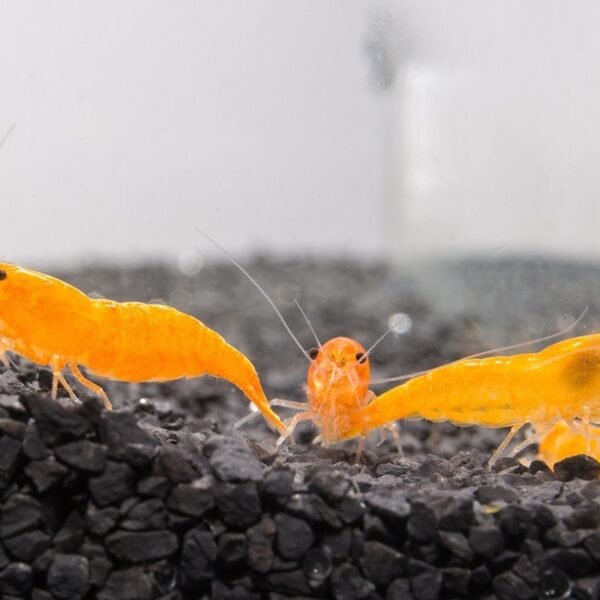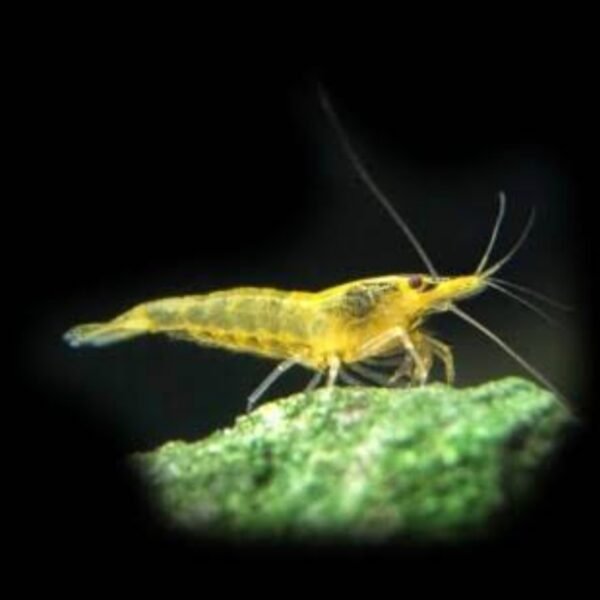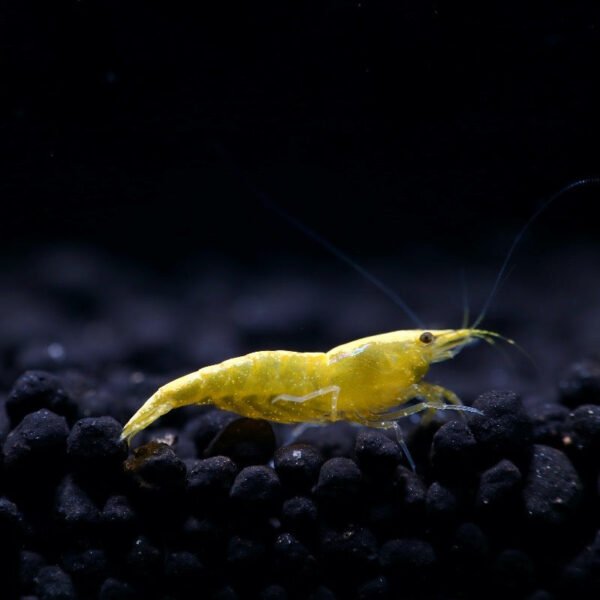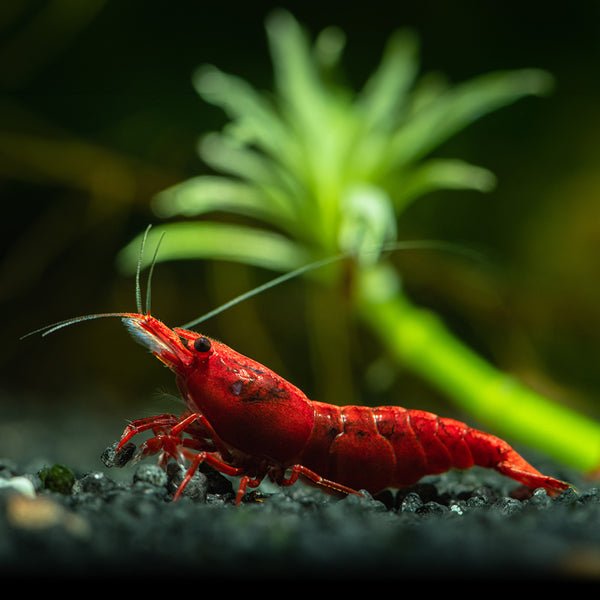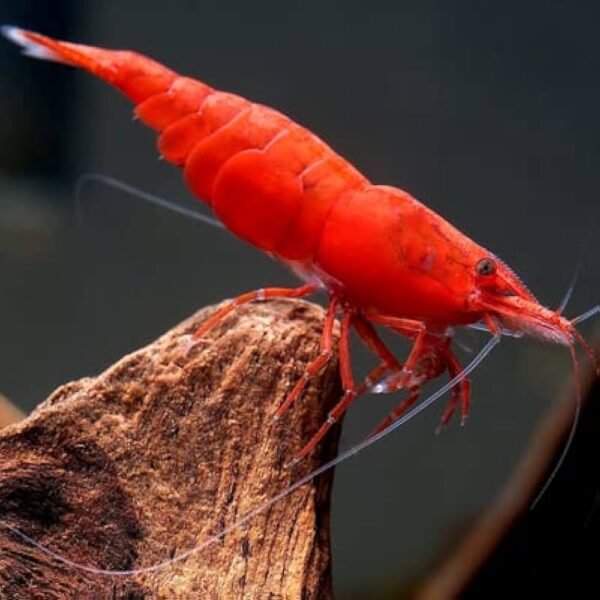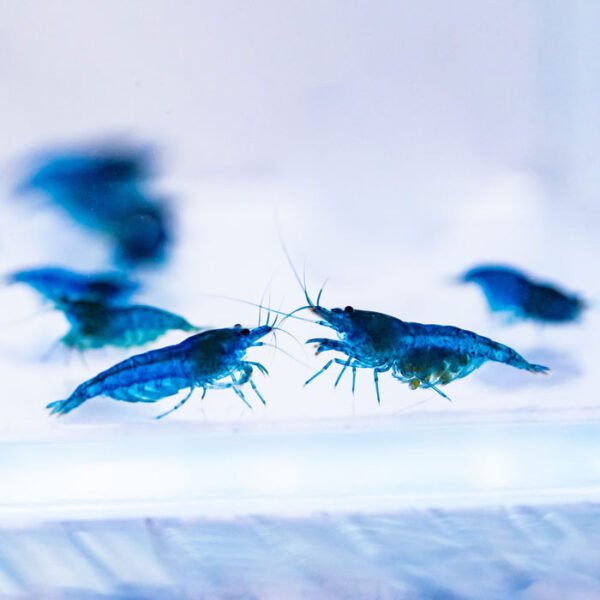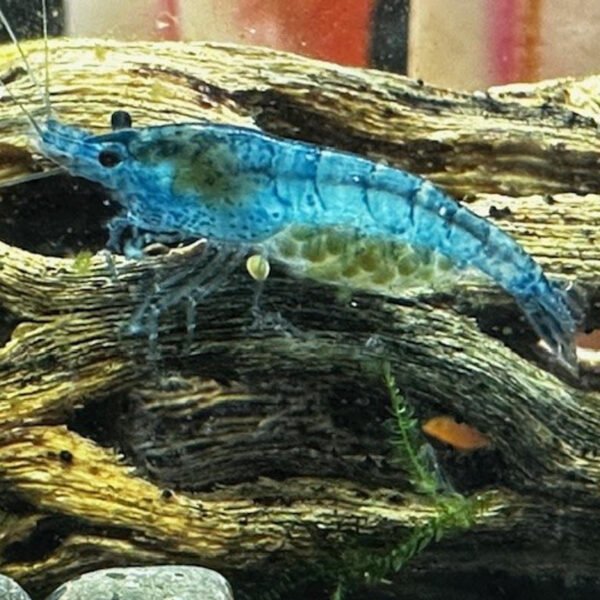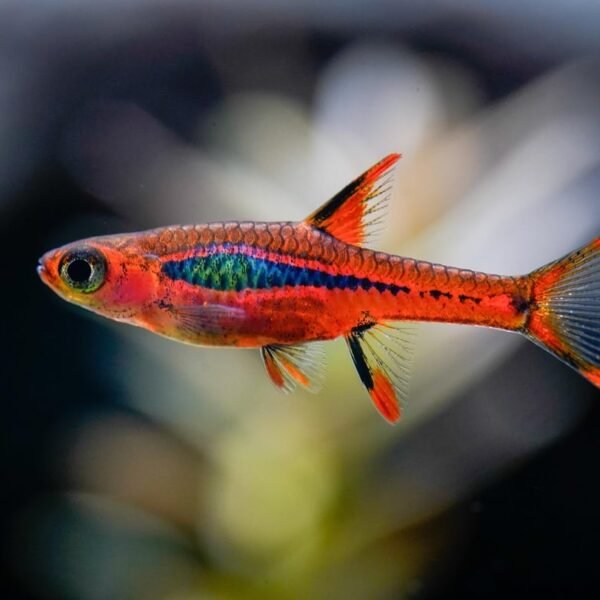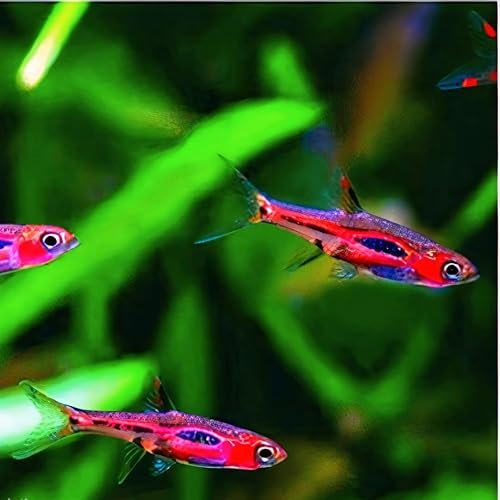Description
🐟 Albino Full Red High Dorsal Guppy (Poecilia reticulata)
📌 Basic Info
-
Scientific Name: Poecilia reticulata
-
Family: Poeciliidae
-
Origin: Selectively bred (aquarium strain)
-
Size: 1.5 – 2.5 inches (3.5 – 6 cm)
-
Lifespan: 2 – 3 years
-
Tank Zone: Mid to top swimmers
🌊 Water Parameters
-
TDS: 200 – 400 ppm
-
pH: 6.8 – 7.8
-
Temperature: 22 – 28°C (72 – 82°F)
-
Hardness: 8 – 20 dGH
🐟 Characteristics
-
Brilliant albino strain with a solid bright red body.
-
High dorsal fin makes them stand out with elegant flowing looks.
-
Males are smaller with intense red and fin extensions; females are larger with softer shades.
-
Peaceful, active, and easy to keep – perfect for community aquariums.
-
Livebearers – females give birth to fully formed free-swimming fry.
🍽️ Food
-
Type: Omnivorous
-
Diet: High-quality flakes, micro pellets, brine shrimp, daphnia, bloodworms, spirulina, blanched veggies.
-
Feeding: 1–2 times daily in small portions.
🛠️ Maintenance
-
Tank Size: Minimum 10 gallons (larger recommended for groups).
-
Filtration: Sponge or gentle low-flow filter.
-
Decor: Plants, driftwood, rocks, and open areas for swimming.
-
Water Change: 25–30% weekly.
👥 Social Behavior
-
Minimum Group Size: Keep in groups (1 male with 2–3 females).
-
Tank Mates: Guppies, Mollies, Platies, Swordtails, Rasboras, Neon Tetras, Corydoras, Shrimp.
-
Avoid: Aggressive or fin-nippers like Tiger Barbs, Bettas, and large Cichlids.
✅ Do’s
-
Provide live or artificial plants for fry hiding.
-
Keep stable and clean water for best red coloration.
-
Maintain proper male-to-female ratio to avoid stress.
❌ Don’ts
-
Don’t overcrowd – they breed very fast.
-
Don’t keep with aggressive or large tank mates.
-
Don’t miss routine water changes.
⭐ Quick Tips
-
Striking guppy with solid red albino body and high dorsal fin.
-
Very easy to breed – females can give 20–40 fry monthly.
-
A top choice for both beginner and advanced aquarists.



